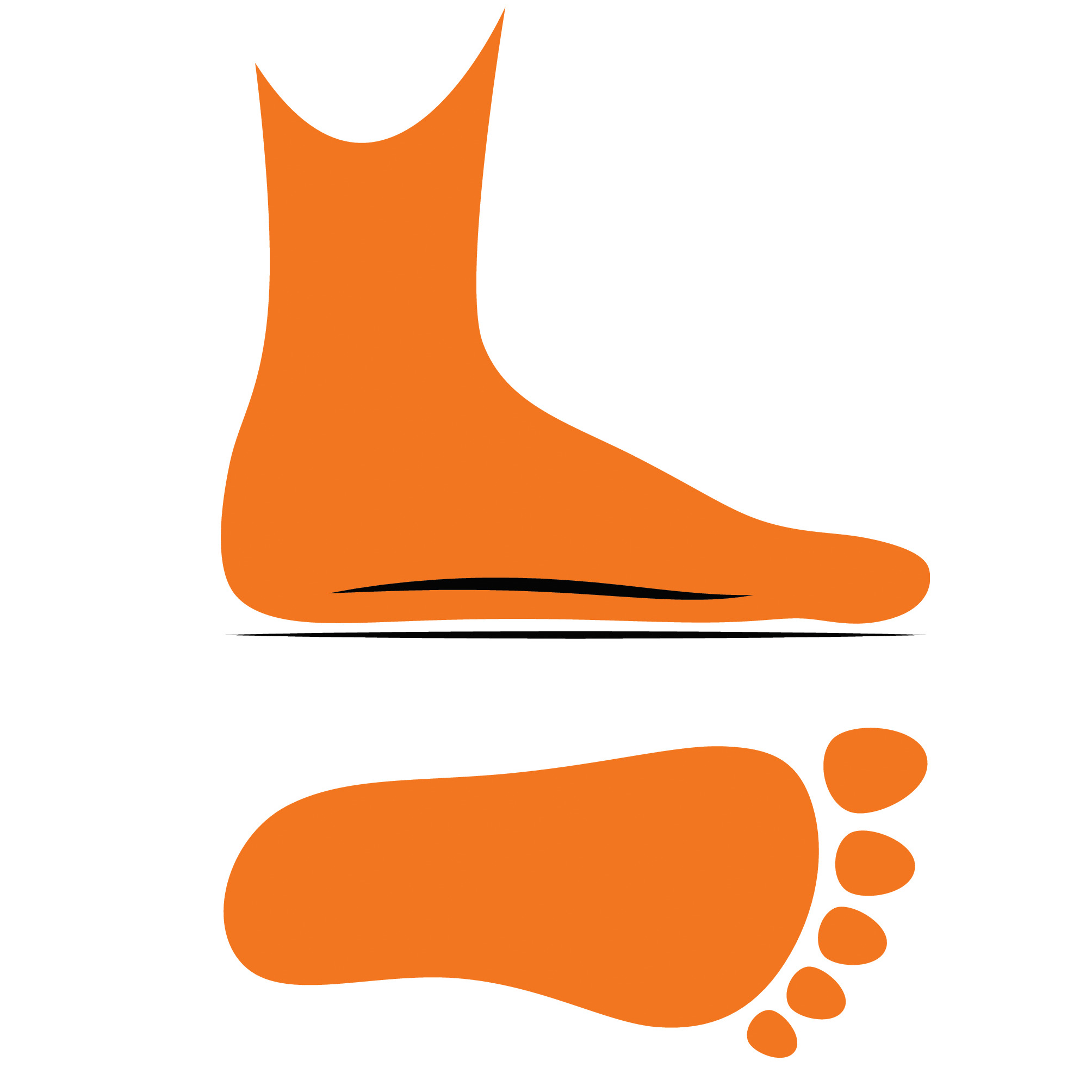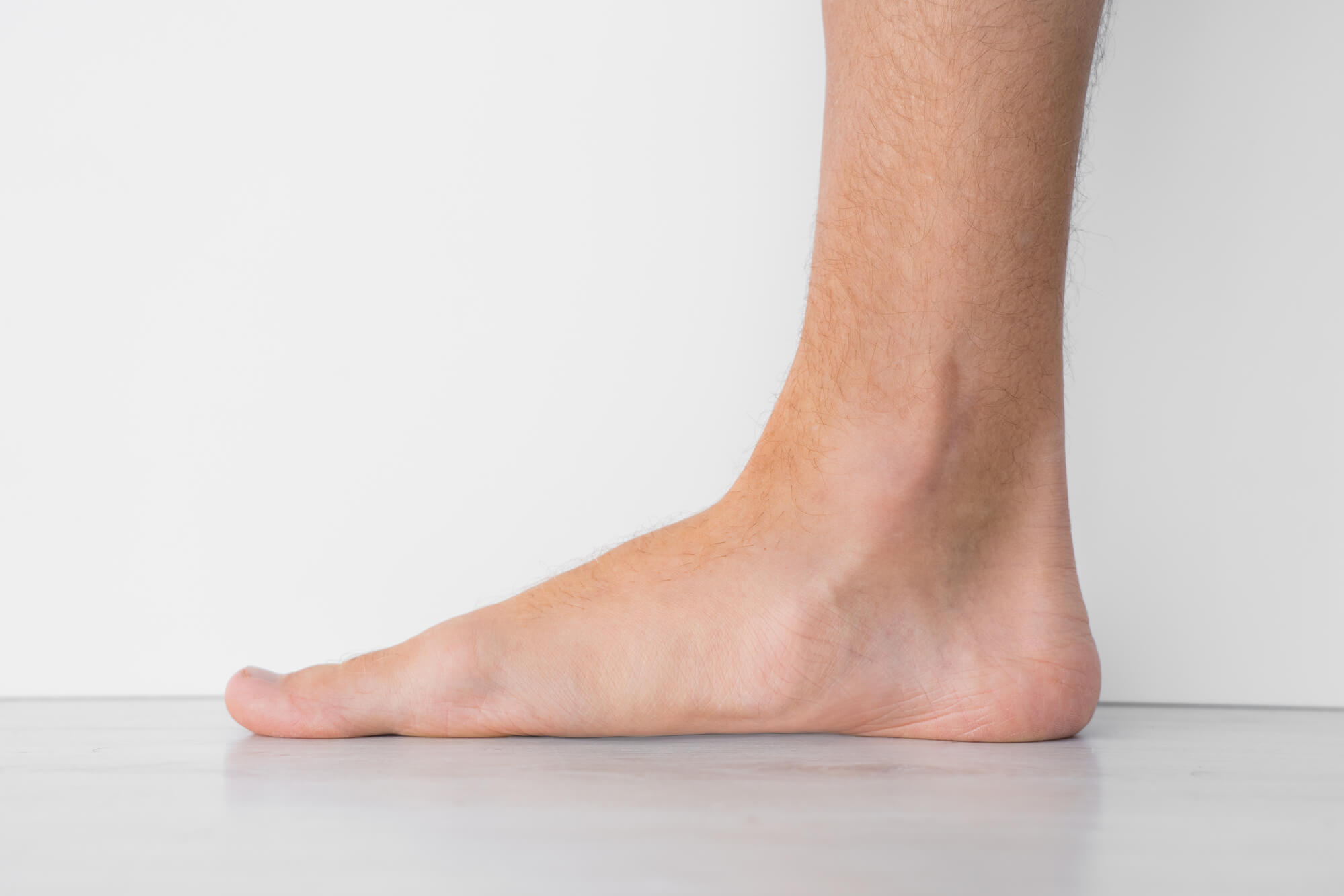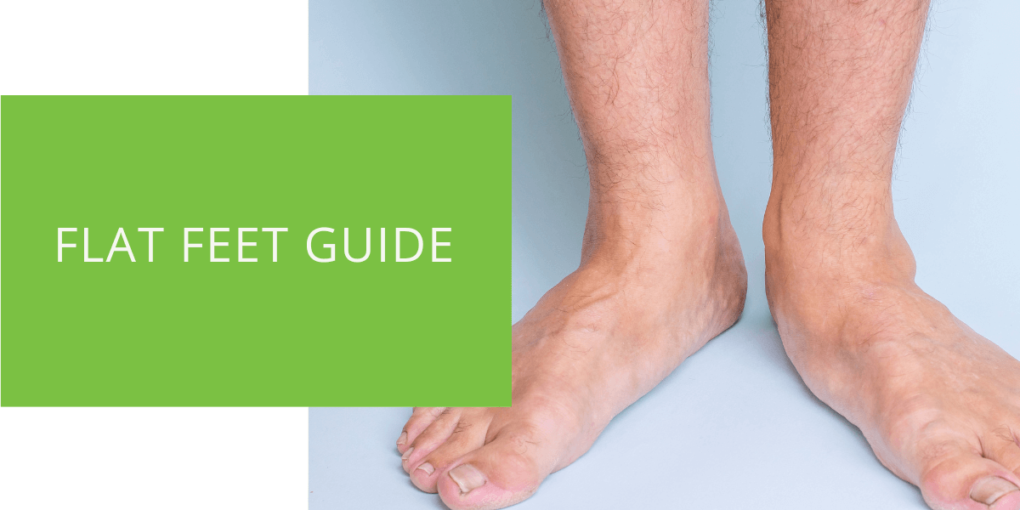Flat Feet Guide: Understanding, Prevention & Treatment
Flat feet, also known as pes planus, is a common condition that affects the arch of the foot. People with flat feet have a low or absent arch, which causes the entire sole of the foot to come into contact with the ground. This can lead to discomfort and other foot-related problems, and it's important to understand how to prevent and treat flat feet to maintain good foot health. This guide will cover what flat feet are, how to prevent them, and how to treat them.
What are Flat Feet?
Definition
Flat feet is a condition in which the arch of the foot is low or absent. The arch is the area of the foot that runs along the inside of the foot, from the heel to the toes. When the arch is properly developed, it creates a gap between the sole of the foot and the ground when standing. However, in people with flat feet, the arch collapses, and the entire sole of the foot comes into contact with the ground.

Causes
There are several potential causes of flat feet, including genetics, obesity, pregnancy, and certain medical conditions. Some people are born with flat feet, while others may develop the condition later in life due to various factors. Flat feet can also result from certain medical conditions, such as arthritis, diabetes, or nerve damage.
Symptoms
The most common symptom of flat feet is pain or discomfort in the feet, especially when standing or walking for long periods. People with flat feet may also experience pain in the ankles, knees, and lower back and difficulty finding shoes that fit properly. In severe cases, flat feet can lead to gait problems or how a person walks, which can cause additional discomfort and increase the risk of falls.
Preventing Flat Feet
Wearing Proper Footwear
One of the most effective ways to prevent flat feet is to wear shoes that provide proper support. Shoes for flat feet should have a sturdy, supportive heel and good arch support. Running shoes, in particular, should have a lot of cushioning to absorb shock and protect the feet. It's also important to avoid shoes that are too tight or have high heels, as these can put unnecessary strain on the feet and increase the risk of flat feet.
Maintaining a Healthy Weight
Carrying excess weight can put additional strain on the feet and increase the risk of flat feet. Maintaining a healthy weight through a balanced diet and regular exercise can help prevent flat feet and other foot-related problems.
Exercising Regularly
Exercising regularly can help prevent flat feet by strengthening the muscles in the feet and ankles. Exercises that focus on the muscles in the feet and ankles, such as toe curls and ankle rolls, can help improve foot strength and stability. It's also important to stretch the feet and ankles regularly to maintain flexibility and prevent injury.

Treating Flat Feet
Non-Surgical Options
There are several non-surgical options for treating flat feet, including:
- Orthotic Insoles: Orthotic insoles are custom-made inserts that provide additional support and cushioning to the feet. They can be made to fit into a person's specific shoes and can help correct alignment and reduce pain and discomfort. Orthotic insoles are often recommended for people with flat feet and can be prescribed by a podiatrist, who is a medical professional specialized in treating foot and ankle conditions.
- Physical Therapy: Physical therapy can be helpful for people with flat feet, as it can help improve muscle strength and flexibility in the feet and ankles. Physical therapists may use a combination of exercises, stretches, and other techniques to help alleviate pain and improve overall foot function.
Surgical Options
In severe cases, surgery may be recommended to correct flat feet. There are several surgical options available, including:
- Fusion Surgery: Fusion surgery involves fusing bones in the foot to create a more stable arch. This procedure is typically reserved for people with severe flat feet who have not responded to other forms of treatment.
- Tendon Transfer Surgery: Tendon transfer surgery involves moving one of the tendons in the foot to a different location to improve the function of the arch. This procedure is often used in people with flat feet with a weakened posterior tibial tendon, which helps support the foot's arch.

Living with Flat Feet
Managing Pain and Discomfort
People with flat feet may experience pain and discomfort, especially when standing or walking for long periods. To manage this pain, it's important to wear shoes that provide proper support and cushioning, and to take breaks and rest when needed. Over-the-counter pain medications, such as ibuprofen and acetaminophen, can help alleviate discomfort.
Finding the Right Footwear
Finding shoes that fit properly and provide proper support is essential for people with flat feet. Shoes for flat feet should have a sturdy heel, good arch support, and plenty of cushioning. Running shoes, in particular, should be chosen carefully, as they need to provide enough support and cushioning to protect the feet during high-impact activities. It may be helpful to consult with a podiatrist or other foot care specialist to find the best shoes for flat feet.
Maintaining Foot Health
In addition to wearing proper footwear and managing pain and discomfort, people with flat feet need to maintain overall foot health. This includes taking care of any foot-related injuries or conditions, such as blisters or corns, and practicing good hygiene, such as washing the feet regularly and trimming toenails properly. It's also important to stretch the feet and ankles regularly to maintain flexibility and prevent injury.
Conclusion
Flat feet is a common condition that can cause pain and discomfort, and it's important to understand how to prevent and treat it to maintain good foot health. By wearing proper footwear, maintaining a healthy weight, and exercising regularly, you can help prevent flat feet. If you do develop flat feet, there are several treatment options available, including non-surgical options like orthotic insoles and physical therapy, as well as surgical options like fusion surgery and tendon transfer surgery. By following these tips and working with a podiatrist or other foot care specialist, you can manage your flat feet and maintain good foot health.

FAQ
Can you correct flat feet?
It is possible to correct flat feet through a variety of treatment options, including non-surgical options like orthotic insoles and physical therapy, as well as surgical options like fusion surgery and tendon transfer surgery. The best treatment option for you will depend on your flat feet' severity and overall health. Working with a podiatrist or other foot care specialist is important to determine the most appropriate treatment plan for your needs.
How do I make my flat feet go away?
Flat feet is a condition that cannot be cured, but it can be managed through a variety of treatment options. As mentioned above, non-surgical options like orthotic insoles and physical therapy can help alleviate pain and improve foot function, while surgical options like fusion surgery and tendon transfer surgery can help correct the alignment of the foot. In addition, wearing proper footwear and maintaining a healthy weight can help prevent the development or worsening of flat feet.
What type of shoe is best for flat feet?
Shoes for flat feet should have a sturdy heel, good arch support, and plenty of cushioning. Running shoes, in particular, should be chosen carefully, as they need to provide enough support and cushioning to protect the feet during high-impact activities. It may be helpful to consult with a podiatrist or other foot care specialist to find the best shoes for flat feet.
What should I avoid if I have flat feet?
If you have flat feet, it's important to avoid wearing shoes that are too tight or have high heels, as these can put unnecessary strain on the feet and increase the risk of flat feet. It's also important to avoid activities that stress the feet, such as running on hard surfaces or participating in high-impact sports, if you are experiencing pain or discomfort. It's always a good idea to listen to your body and take breaks to prevent overuse injuries. Overall, working with a podiatrist or other foot care specialist is important to determine the most appropriate activities and footwear for your specific needs.

